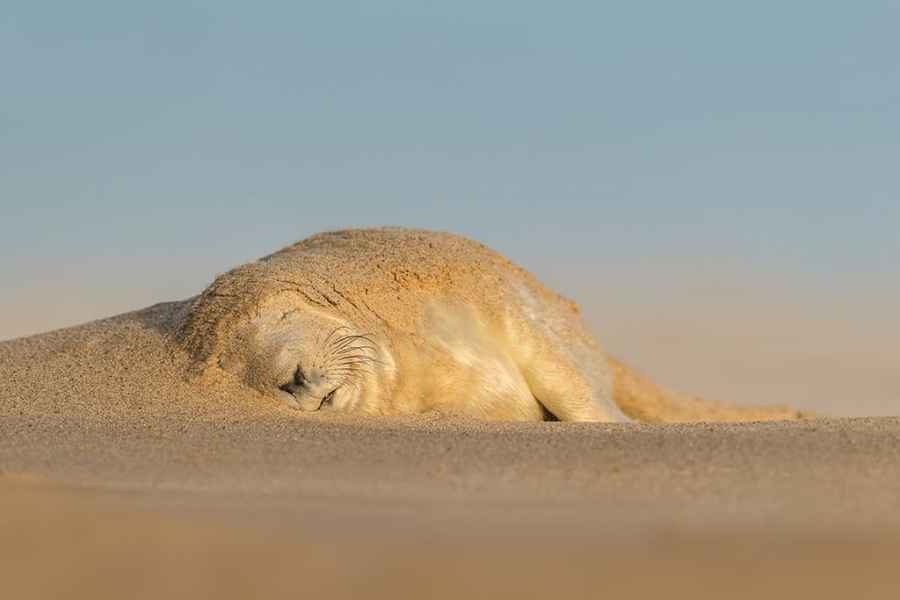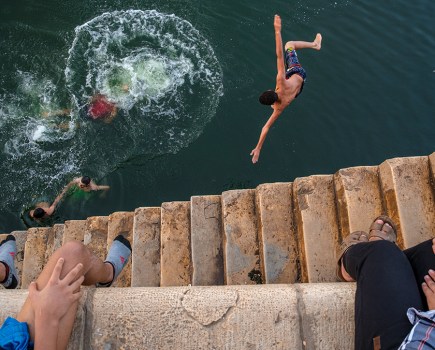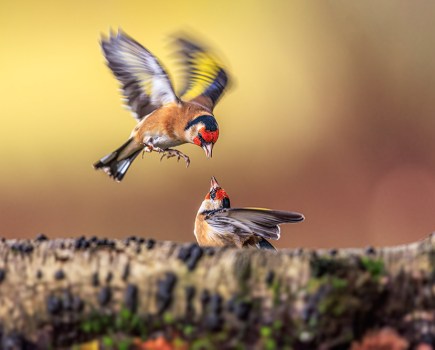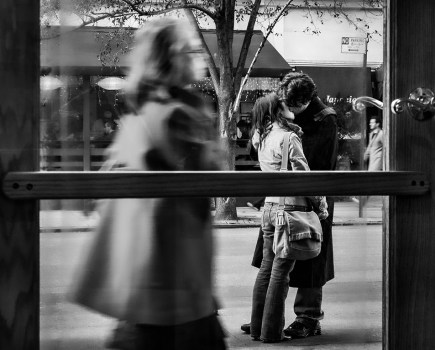Benedict Brain discovers the story behind this heart-warming wildlife image, which won the Natural World round in APOY 2021.
‘I love being outdoors! Nature is a great healer and good for the soul,’ declares wildlife photographer Jayne Bond. ‘I do enjoy photographing landscapes and flora but wildlife is such a joy to see and to capture it on camera is always fabulous.’ Jayne’s winning image – which won Round 2 of APOY 2021 (Natural World) – was taken close to Winterton on the Norfolk coast in December 2019.
It’s the time of year when the seals come ashore to give birth to pups. ‘It’s absolutely essential to follow the strict ethical code set out by the beach wardens to ensure the safety of the pups, so keeping a good distance away and using a long lens is imperative,’ warns Jayne, who continues, ‘When I saw this seal pup asleep against a sand drift it told such a great story of the constant challenges these young pups face. The seal pup was fairly isolated so it was a great position to get a clean shot from a good distance.’
Jayne arrived at the beach in the early afternoon after about a five-hour drive. It had been raining quite hard and it was blowing a gale. Despite the poor weather Jayne decided to walk along the top of the dunes to get a sense of where the seals were and what photographic opportunities there might be for the next few days.
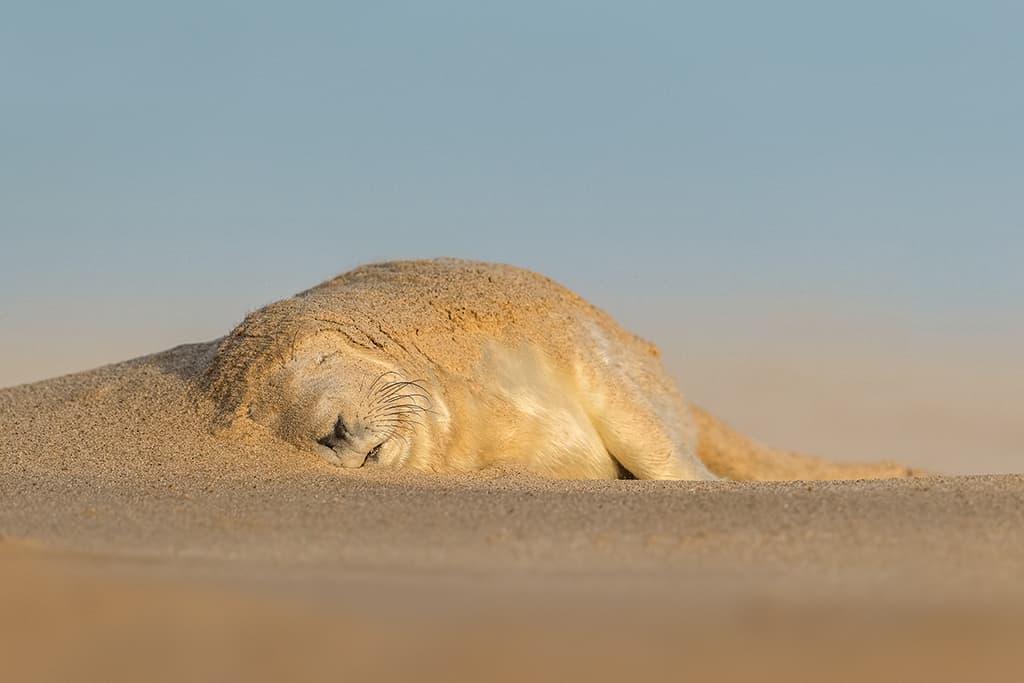
The seals come first
‘I really believe it’s vital to liaise with the wardens,’ says Jayne, ‘particularly at that time of year. The safety and well-being of the wildlife must always come first!’ Jayne had a few ideas of what she was looking for. ‘Grey seals are such fabulous characters, full of personality and can be quite inquisitive,’ she says, and continues, ‘I’m generally looking for pups that are alert with their eyes open, emphasising their absolute cuteness but when I came across this one, asleep against the sand drift, it seemed so peaceful after the storm.’
The weather was the biggest challenge for Jayne, who had spent so much time photographing seals the previous year in very stormy weather that it felt a bit like déjà vu. ‘This seal pup was sleeping during the storm and a small sand-drift had formed against it,’ explains Jayne.
‘I took a few shots, but the light was very dull. It looked like the clouds were starting to disperse with occasional glimpses of sunlight breaking through so I decided to sit in that spot for a while. It was such a fabulous composition with the seal pup resting against the sand drift, it was definitely worth waiting for a bit of light.’
Canon user
Jayne was using her trusty Canon EOS-1D X Mark II and 500mm lens. This image was shot at f/5.6, ISO 1250 and 1/6400sec. ‘I appreciate that that shutter speed seems really fast,’ explains Jayne, who goes on to say, ‘but the 500mm lens is pretty big and heavy for me to hold steady, especially in windy conditions so it did help.
‘The Canon EOS-1D X Mark II was my dream camera. It’s an absolutely fabulous piece of kit and can handle low light incredibly well, which is vital for wildlife photography,’ she enthuses. ‘Since taking this image though I’ve started to move over to a mirrorless system. I now have the Canon EOS R5 which I love and have paired this up with the Canon RF 100-500mm lens.
The kit is still pretty new to me so I’m still getting used to all the settings but I love everything about it. I sold a few lenses and my 1D X Mark II through MPB. It’s such an easy process and their service is superb. Even though I’ve now changed to a mirrorless system I’ve still kept my 500mm lens which I use on the EOS R5 with an adapter. It’s my favourite and most used lens – however, I’ve got to be a little bit pragmatic.
I did carry it up the mountains in the Cairngorms when I was photographing the mountain hares, but I’m not getting any younger and carrying heavy gear around is getting tougher! So I’ve got a few tricky decisions to make over the coming months!’
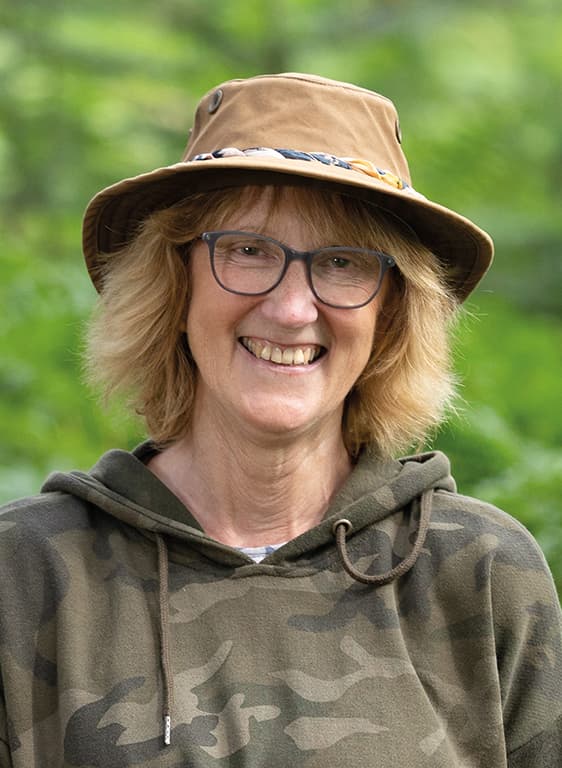
About our winner
After 35 years working in mainstream education, Jayne made the life-changing decision to take early retirement in 2013, allowing her to focus on the creative aspects of photography and art. See www.studiomlino.com
Canon EOS 1DX Mark II
At a glance:
* £1,700-2,600 Body only (used condition)
* 20.2-million-pixel full-frame CMOS sensor
* ISO 100-51,200, extendable to ISO 50-409,600
* 14fps shooting, or 16fps in live view
* Internal 4K 60fps video recording
* 61-point AF with 41 cross-type
Released in early 2016 the Canon EOS-1D X Mark II has a 20.2MP full-frame CMOS sensor. Designed for sports and action photographers, it has an all-new 61-point autofocus system that includes 41 cross-type points for accuracy, while Canon’s exclusive Dual Pixel AF allows focusing in live view and movie mode.
What we said
‘This camera does exactly what you want it to, it has the autofocus and frames per second to capture whatever picture your eye can see.’ ‘The super-accurate autofocus was instantly picking out the details I wanted. Would I buy one? In a word, no. I would buy two. This camera is so impressive that if you didn’t replace both your bodies you’d find yourself constantly swapping the IDX Mk II onto the lens you wanted to use.’
What to pay
When we ran a Field Test on the Canon EOS-1D X Mark II back in June 2016, it cost £5,199 (body only). Over the years we’ve seen the price drop steadily, and it can now be picked up for around £1,700 to £2,600 (body only).
MPB is the sponsor of APOY 2021.


